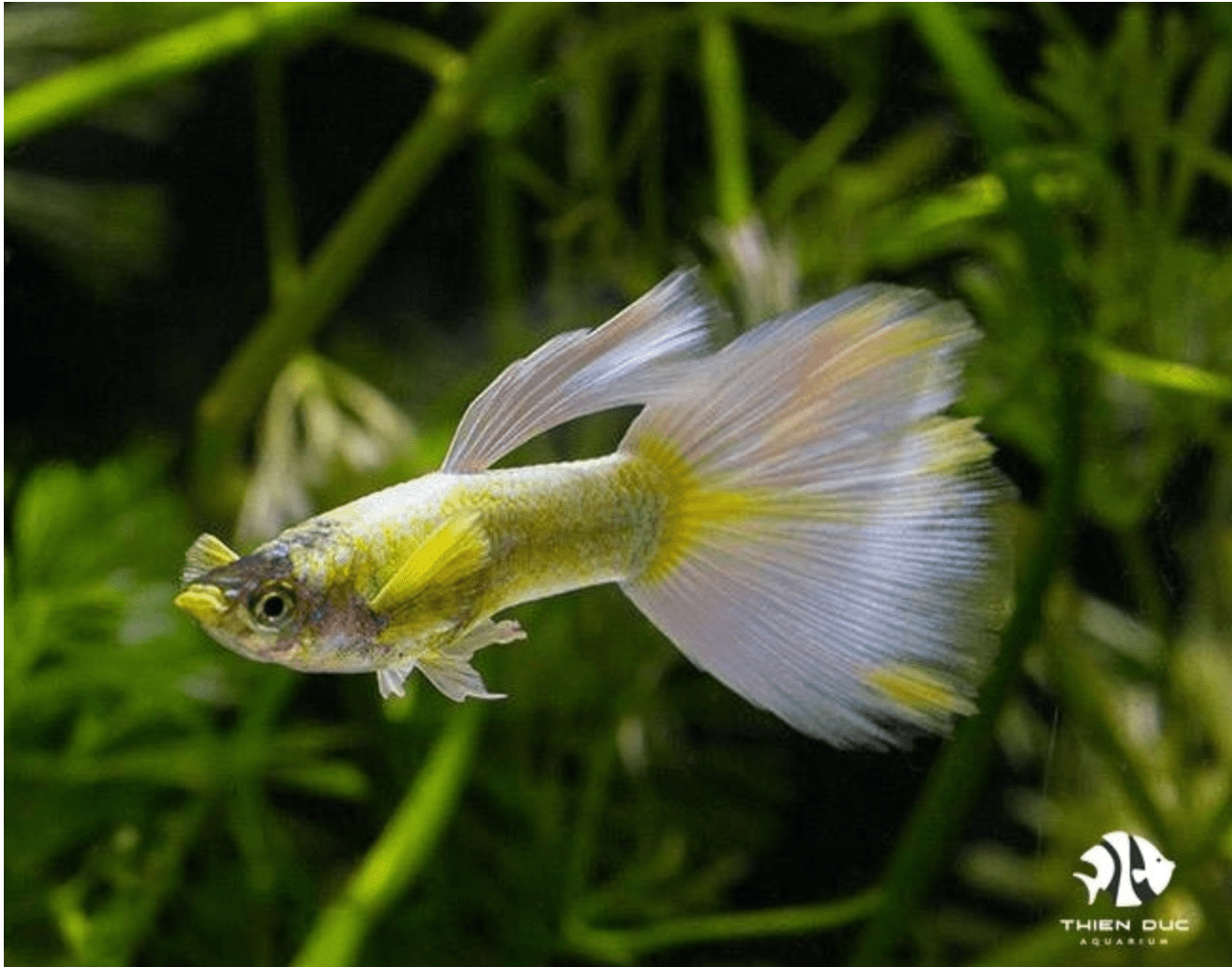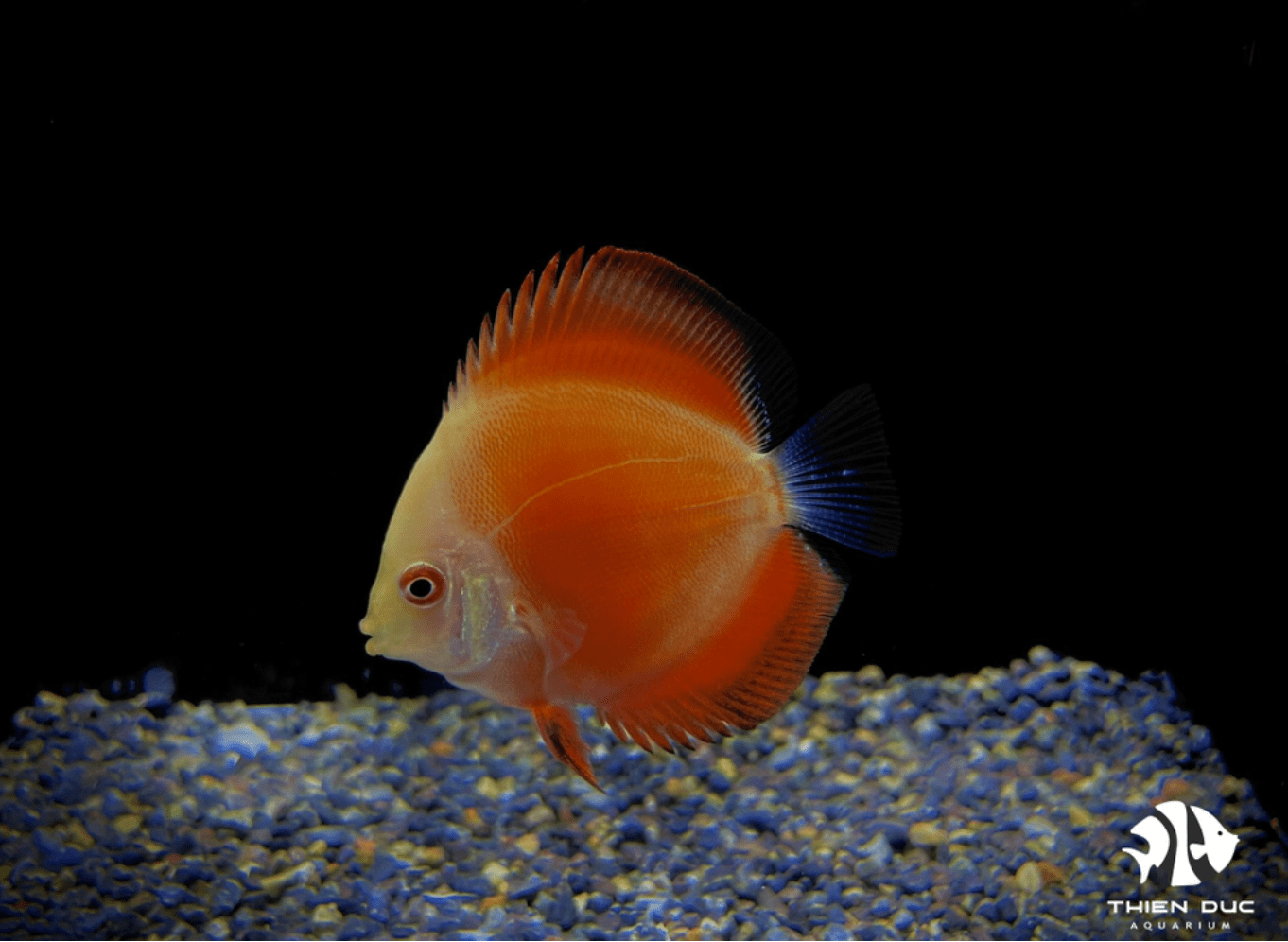Saltwater Fish Import: Procedures for a Successful Import
The beauty of marine life is transforming spaces globally. For many EU businesses and aquarists, the desire for vibrant ecosystems drives the complex process of saltwater fish import. This article demystifies the procedure, offering a concise, step-by-step guide to a successful import with insights from THIENDUC AQUARIUM.
Pre-Import Preparations (Before You Order)
A successful import begins long before a single box is packed. The preparation phase is the most critical step, where thorough research and strategic partnerships lay the foundation for a seamless operation.

Research & Regulations
Navigating the legal landscape is paramount for any saltwater fish import into the EU. The European Union has some of the world's most robust and complex regulations governing the trade of live animals. Importers must first familiarize themselves with the Convention on International Trade in Endangered Species of Wild Fauna and Flora (CITES). While THIENDUC AQUARIUM specializes in a wide range of common and readily available species, some rare and protected fish require specific CITES permits from both the exporting and importing countries. Failure to secure these documents will result in confiscation and severe penalties.
Beyond CITES, each EU member state—such as the UK, France, Germany, or the Netherlands—may have its own set of national regulations concerning live animal imports. This includes specific health certificates (often called "veterinary certificates"), quarantine requirements, and species-specific prohibitions. It is the importer's responsibility to verify these requirements with their national customs authority or a government agency like the Department for Environment, Food & Rural Affairs (DEFRA) in the UK. A reliable exporter, like THIENDUC AQUARIUM, will have a deep understanding of these international frameworks and assist in providing the correct paperwork.
Supplier Selection
Choosing the right partner for your saltwater fish import is the single most important decision you will make. This is where THIENDUC AQUARIUM’s legacy comes into play. Established in 2012, THIENDUC AQUARIUM has built a reputation based on trust and quality. While our heritage is in producing and exporting high-quality freshwater ornamental fish, we have successfully expanded our network to include the best marine farms and wild collectors. We understand the unique needs of EU clients who demand not just beautiful fish, but also ethical and sustainable sourcing.
As you assess a supplier, you ought to:
-
Verify Their Reputation: Look for a partner with a long-standing track record. THIENDUC AQUARIUM’s years of experience and satellite systems across Vietnam, Laos, Cambodia, China, and Thailand speak to our commitment to excellence.
-
Discuss Sourcing Methods: Inquire about their fish-catching and taming practices. Our team works with experts to ensure wild-caught fish are acclimated and healthy before shipment.
-
Examine Logistics: A reputable supplier will have a detailed plan for packaging and shipping. We use robust, insulated boxes and a secure bagging system to maintain water quality and temperature during transit, critical for a successful saltwater fish import.
Logistics Planning
Proper logistics coordination is the final pillar of pre-import preparation. It involves the intricate dance between your supplier, the freight forwarder, and your team. A freight forwarder specializing in live animal transport is invaluable, as they understand the nuances of airline schedules, customs regulations, and handling requirements. You must work with them to plan the import schedule to avoid weekends and public holidays, as customs and airline staff may not be available to process your shipment, causing fatal delays. The timing of your saltwater fish import can be the difference between a thriving shipment and a catastrophic loss. The goal is to minimize the total transit time, from the exporter’s facility to your quarantine tanks in the EU.
The Import Process (The Day of Import)
The moment of truth arrives when the shipment lands at your designated international airport. This phase requires swift and careful action to ensure the well-being of the fish.
Arrival at the Airport
Upon notification of the shipment’s arrival, you or your designated representative must be ready to receive the cargo immediately. Do not delay, as every hour spent in an uncontrolled environment increases stress on the fish. Begin with a visual inspection of the outer packaging. Look for signs of damage, leaks, or mishandling. Next, present all your pre-approved documentation—including the airway bill, CITES permits, and health certificates—to customs for clearance. Having your paperwork in perfect order will significantly expedite this process.

Getting to the Quarantine Facility
Once cleared, the boxes must be transported from the airport to a pre-prepared quarantine facility. It is essential to maintain a stable environment during this short journey. Avoid placing boxes in direct sunlight, and if possible, use a climate-controlled vehicle to prevent rapid temperature fluctuations. This careful handling is crucial for the success of your saltwater fish import.
Acclimation & Release
The final step of the import process is acclimation. Patience is needed for this delicate procedure. Do not rush to open the bags and release the fish. Instead, float the bags in the quarantine tank for 15-20 minutes to equalize the temperature. For salinity and pH, the best method is a slow drip acclimation, using a simple airline tubing to gradually introduce your quarantine tank’s water into the fish’s bag. This process, which can take 30 minutes to an hour, prevents osmotic shock and minimizes stress. Only after acclimation should you carefully release the fish into the quarantine tank. Never, under any circumstances, release newly imported fish directly into a main display tank.
Post-Import Procedures (Quarantine & Health Management)
Quarantine is non-negotiable for a professional and ethical saltwater fish import. This period is essential for observing, treating, and conditioning the fish before they are introduced into a larger ecosystem.
Quarantine Protocol
A dedicated quarantine tank, or "QT," is a must-have for any serious aquarist or business. The quarantine period typically lasts 4-6 weeks and serves several vital purposes: it allows you to observe the fish for signs of disease, enables you to treat any parasites or illnesses before they can spread, and provides a low-stress environment for the fish to recover from the rigors of travel. During this time, the fish's immune system, which may have been compromised during the saltwater fish import, can recover and strengthen.
Health & Observation
Daily observation is the most important part of the quarantine process. Be vigilant for common signs of disease, such as white spots (Ich), frayed fins, cloudy eyes, or rapid breathing (often a sign of Marine Velvet). Also, pay attention to behavioural cues, such as flashing (rubbing against objects), hiding, or refusing to eat. THIENDUC AQUARIUM takes immense pride in supplying healthy specimens, but the stress of travel can sometimes bring out latent conditions.
Feeding & Nutrition
Once the fish are acclimated and showing signs of settling in, you can begin feeding them. Start with small, frequent meals of high-quality, easily digestible foods. Gradually introduce a varied diet that includes both meaty and algae-based foods to ensure they receive all the necessary nutrients. A well-fed fish is a resilient fish, better able to fend off disease.

Treatment Plan
If signs of disease are present, it is crucial to have a treatment plan in place. For common issues like Ich, copper-based medications or hyposalinity can be effective, but require careful monitoring. For more serious conditions, a separate hospital tank may be necessary to administer treatments without harming the main quarantine tank's biological filtration. A successful saltwater fish import involves not just receiving the fish, but also knowing how to care for them immediately after arrival. Our commitment to our EU partners means we are always available to offer professional advice and guidance on health management. This meticulous approach to post-import care is what sets a professional saltwater fish import operation apart.
Conclusion
A successful saltwater fish import demands meticulous planning, professional partners, and dedicated care. By understanding EU regulations and selecting a reliable supplier like THIENDUC AQUARIUM, you ensure the health and vibrancy of your aquatic life. We believe in prioritizing fish well-being over cost, and our expertise ensures every import thrives. Trust THIENDUC AQUARIUM for your next saltwater fish import to receive beautiful, healthy specimens.
Contact Information:
-
Address: 57 Le Thi Sieng, Tan Thong Hoi, Cu Chi, Ho Chi Minh City, Viet Nam
-
Mobile: +84903912501
-
Office: +84982577871
-
Email: thien@thienducaquarium.com










